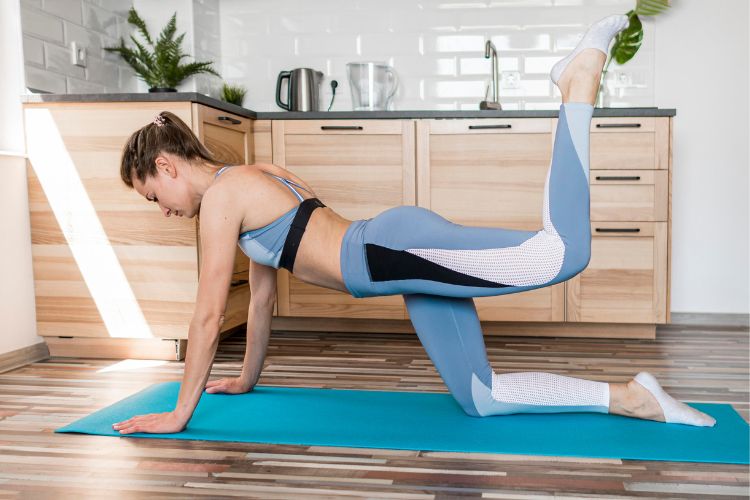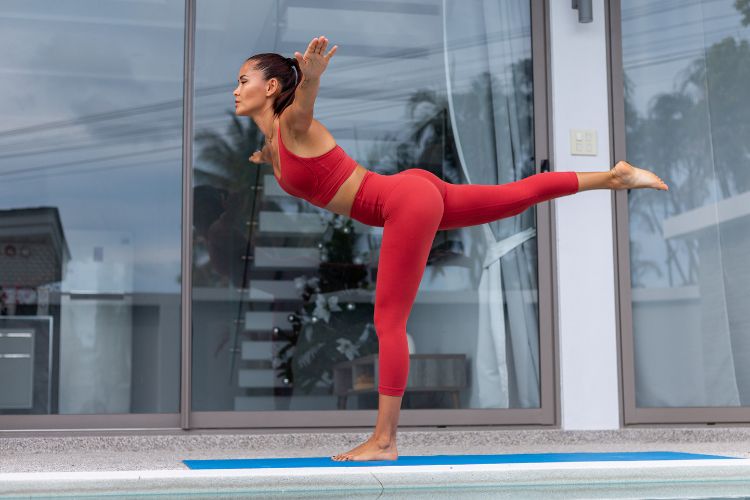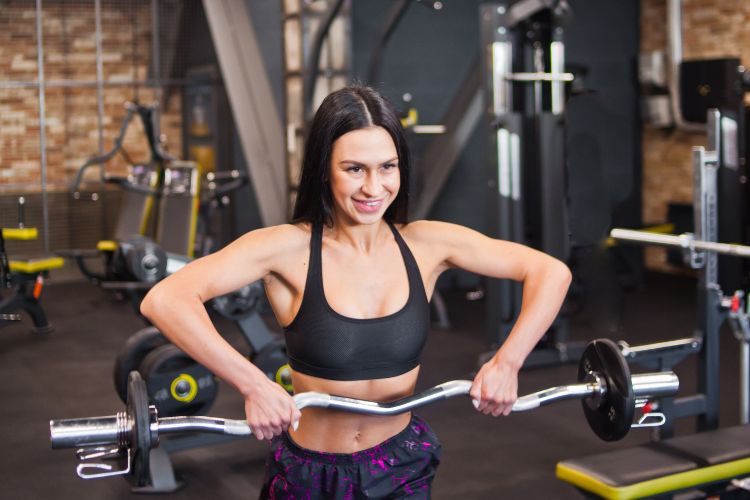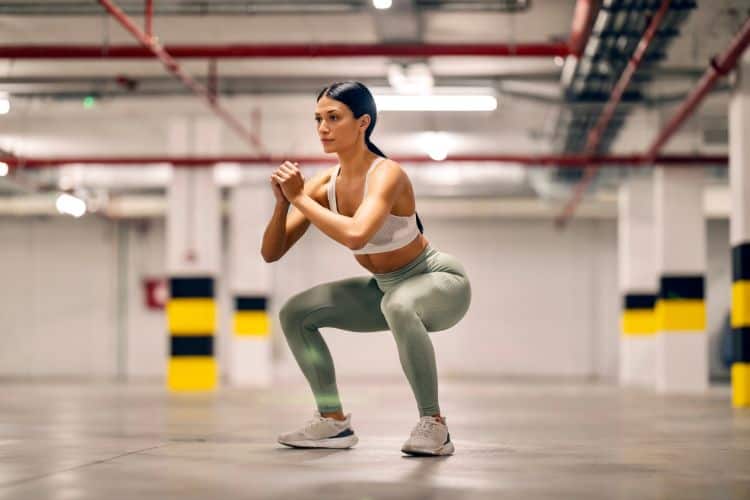Sign up for workout ideas, training advice, reviews of the latest gear and more.





In the fast-paced world of fitness, where high-intensity workouts and heavy lifting often take center stage, low impact resistance training offers a refreshing alternative. This form of exercise is not only gentle on the joints but also highly effective for building strength, improving endurance, and enhancing overall well-being. Whether you’re recovering from an injury, managing a chronic condition, or simply looking for a sustainable way to stay fit, low impact resistance training can be a game-changer. In this blog post, we’ll explore what low impact resistance training is, its benefits, how to get started, and some effective exercises to incorporate into your routine.
Low impact resistance training is a form of exercise that focuses on building strength and muscle without placing excessive stress on the joints. Unlike high-impact activities such as running or jumping, low impact exercises involve controlled, deliberate movements that minimize the risk of injury. This type of training often incorporates bodyweight exercises, resistance bands, light dumbbells, or machines to provide resistance without the need for heavy weights or explosive movements.
The key principle behind low impact resistance training is to work the muscles in a way that is sustainable and accessible for people of all fitness levels. It’s particularly beneficial for individuals with joint issues, arthritis, osteoporosis, or those who are new to exercise. However, it’s not just for beginners—athletes and fitness enthusiasts can also benefit from incorporating low impact exercises into their routines to promote recovery and reduce the risk of overuse injuries.
One of the most significant advantages of low impact resistance training is its gentle nature. By avoiding high-impact movements, this type of exercise reduces the strain on joints, tendons, and ligaments. This makes it an excellent option for individuals with conditions like osteoarthritis or those recovering from injuries. It’s also ideal for older adults who want to maintain strength and mobility without risking joint pain or injury.
Despite its gentle approach, low impact resistance training is highly effective for building strength and muscle tone. By using resistance bands, light weights, or even your own body weight, you can challenge your muscles and stimulate growth. Over time, this leads to improved muscle definition, increased metabolic rate, and better overall physical performance.
Many low impact resistance exercises involve a full range of motion, which helps improve flexibility and joint mobility. For example, exercises like squats, lunges, and resistance band stretches encourage movement in multiple planes, promoting better functional fitness. This is especially important as we age, as maintaining flexibility can help prevent falls and improve quality of life.
Low impact resistance training can be an effective tool for weight management. While it may not burn as many calories as high-intensity workouts, it helps build lean muscle mass, which in turn boosts your resting metabolic rate. This means you’ll burn more calories even when you’re not exercising. Additionally, the controlled nature of these exercises makes them easier to sustain over time, contributing to long-term weight management.
Exercise, in general, is known to reduce stress and improve mental health, and low impact resistance training is no exception. The focus on controlled movements and mindful breathing can have a calming effect on the mind, making it a great way to unwind after a long day. Plus, the sense of accomplishment that comes from building strength and achieving fitness goals can boost self-esteem and overall well-being.
One of the best things about low impact resistance training is its accessibility. Whether you’re a beginner or an experienced athlete, you can tailor the exercises to suit your fitness level. By adjusting the resistance, range of motion, or number of repetitions, you can create a workout that challenges you without overwhelming your body.
If you’re new to low impact resistance training, it’s important to start slowly and focus on proper form. Here are some tips to help you get started:
Before beginning any new exercise program, it’s a good idea to consult with a healthcare provider or certified fitness trainer, especially if you have any pre-existing conditions or concerns. They can help you design a safe and effective workout plan tailored to your needs.
Low impact resistance training doesn’t require a lot of equipment, but having a few key items can enhance your workouts. Resistance bands, light dumbbells, and stability balls are great options for beginners. As you progress, you can incorporate more advanced equipment like kettlebells or cable machines.
Always start your workout with a proper warm-up to prepare your muscles and joints for exercise. Dynamic stretches, light cardio, or mobility exercises are excellent choices. Similarly, end your session with a cool-down and static stretching to promote recovery and prevent soreness.
Proper form is crucial in low impact resistance training to avoid injury and maximize effectiveness. Take your time to learn the correct technique for each exercise, and don’t hesitate to ask for guidance if you’re unsure. Remember, it’s better to perform fewer repetitions with good form than to rush through a workout with poor technique.
As your strength and endurance improve, you can gradually increase the intensity of your workouts. This might involve adding more resistance, increasing the number of repetitions, or incorporating more challenging exercises. However, always listen to your body and avoid pushing yourself too hard, too fast.
Here are some beginner-friendly low impact resistance exercises to incorporate into your routine:
Bodyweight squats are a fantastic way to strengthen your lower body without putting too much stress on your joints. Stand with your feet shoulder-width apart, lower your hips back and down as if sitting in a chair, and then return to the starting position. Keep your chest up and your knees aligned with your toes.
Using a resistance band, anchor it to a sturdy object and hold the ends in each hand. Pull the band toward your torso, squeezing your shoulder blades together, and then slowly release. This exercise targets your back, shoulders, and arms.
Lie on your back with your knees bent and feet flat on the floor. Lift your hips toward the ceiling, squeezing your glutes at the top, and then lower back down. This exercise strengthens your glutes and hamstrings while being gentle on your lower back.
Stand facing a wall and place your hands on it at shoulder height. Lower your chest toward the wall by bending your elbows, and then push back to the starting position. This modified push-up is easier on your wrists and shoulders than traditional floor push-ups.
Using a low step or bench, step up with one foot and bring the other foot to meet it. Step back down and repeat on the other side. This exercise strengthens your legs and improves balance without high-impact movements.
Start in a forearm plank position, keeping your body in a straight line. Lift one arm off the ground, hold for a few seconds, and then lower it back down. Alternate arms to engage your core and improve stability.
To reap the full benefits of low impact resistance training, aim to incorporate it into your routine 2-3 times per week. You can perform these exercises as a standalone workout or combine them with other low-impact activities like yoga, swimming, or walking. Remember to vary your exercises to target different muscle groups and keep your workouts interesting.
Low impact resistance training is a versatile and effective way to build strength, improve mobility, and enhance overall health without putting undue stress on your body. Whether you’re looking to recover from an injury, manage a chronic condition, or simply maintain your fitness in a sustainable way, this approach offers something for everyone. By starting slowly, focusing on proper form, and gradually increasing the intensity, you can enjoy the many benefits of low impact resistance training for years to come. So why not give it a try? Your body—and mind—will thank you.
Stay up to date on the latest women’s health, fitness and lifestyle trends and tips.